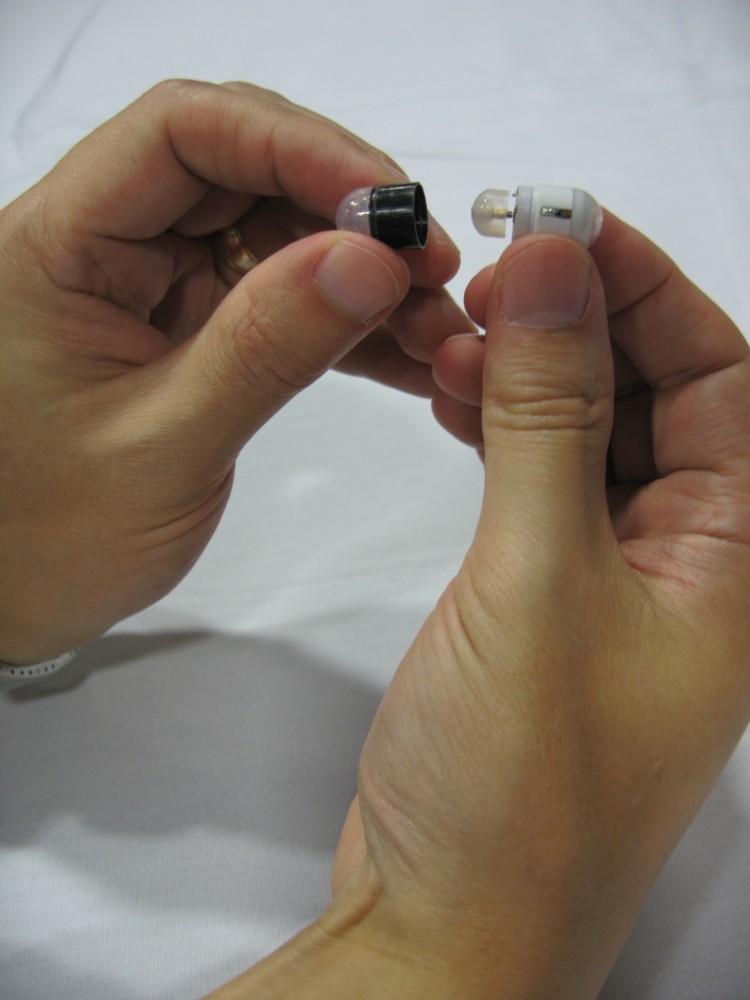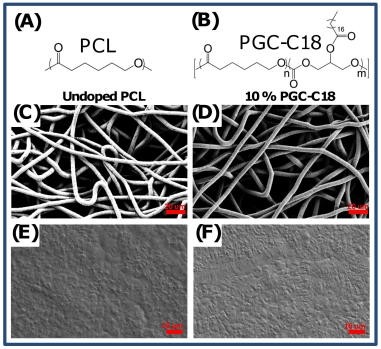Electro capsule means researchers can 'see' drug release in vivo, says Medimetrics and Bio-Images

IntelliCap – an orally administered wirelessly controlled electronic capsule system – is the first in the world to mark its position in vivo using both pH and temperature detection sensors. It focuses specifically on absorption delivery in the gut.
Once in the desired location, the medication can either be released by an operator, or through the device itself which can be pre-programmed.
Under the deal, Bio-Images will add a gamma scintigraphic component to the technology, as well as the clinical research space in which to conduct trials.
Medimetrics, which last week spun out from its mother firm Phillips, says the addition of imaging to its system will provide greater accuracy to anything else available on the market.
Talking to in-PharmaTechnologist at the AAPS annual conference in Washington, where the alliance launched the device, Medimetrics chief technology officer Jeff Shimizu said: “There are a couple of systems that do location targeted delivery, but they are a little cumbersome and don’t deliver an imaging component.
“It’s not that imaging is essential to this type of technology, but it provides a more accurate reading, and through our new partnership we are the first to offer the option.”
Howard Stevens, chairman of medical imaging clinical research organisation (CRO) Bio-Images, also told in-PharmaTechnologist: “The device has complex electronics that can measure pH and temperature capable of delivery compounds and solutions of drugs in a very controlled way not available previously.
“What we bring to the deal is our scintigraphic expertise, as well as the ability to add a radio marker which means the client can not only track the delivery and subsequent release of the drug, they can also see it.”
Striking a deal
Of new clientele, both firms remained relatively silent.
However the team were using AAPS as a “spring board” to go after partners together, said Shimizu, and according to Stevens the new technology has attracted “significant” interest so far.
Stevens said: “We have had a significant number of clients expressing interest in this technology whilst we’ve been at AAPS.
“We haven’t attempted to promote it yet, it’s all been word of mouth so far, but we will be doing.
“We will look to promote it both by overt promotion through discussions with clients and also through submitting literature in scientific journals.”
And of the type of customer the companies will look to, Shimizu added: “Obviously we look to larger pharma companies, but any pharma company who wants to bring their compound forward to the properties of oral delivery is of interest.”

















